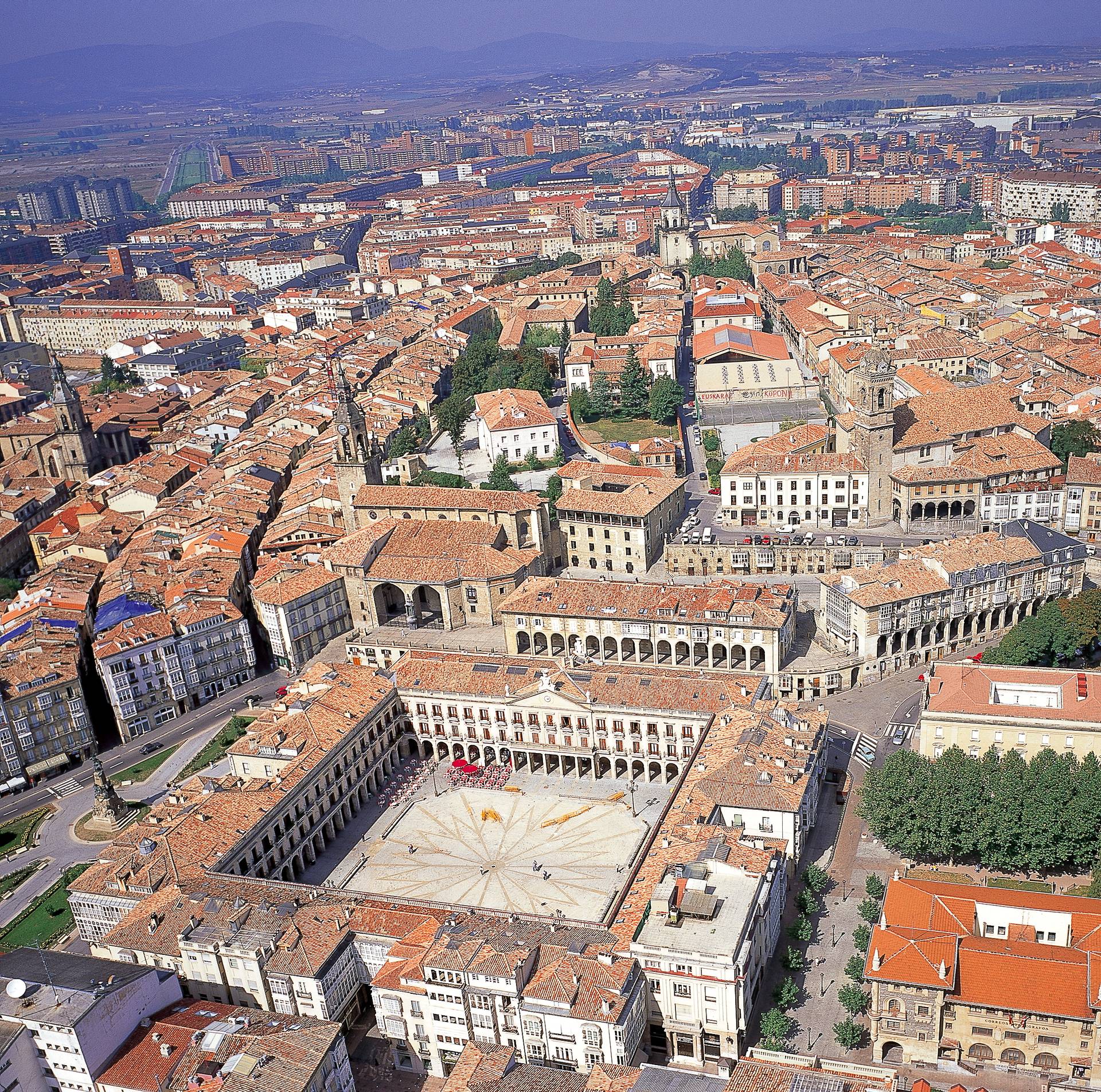SENIGALLIA, Italy – Today’s installment of “things about the Catholic Church that seem so crazy they can’t possibly be true, but actually are” involves “reverse canonization,” also known as “infernal canonization.” In a nutshell, it’s a declaration by a pope not that a saint is in heaven, but that a sinner, and a living one to boot, is damned to hell.
Excommunication generally is considered the ultimate punishment in the Church, but it turns out, just like in the movie “Spinal Tap,” there’s actually an 11 beyond the usual 1-10. Reverse canonization has only been imposed once in more than 2,000 years of Church history, but it happened on April 27, 1462, and so it’s on the books.
If you’ve never heard of it, don’t feel bad, because neither had I. The story of my discovery begins, like so many great moments in Italian life, over a glass of booze.
Recently my wife and I visited Senigallia, a popular seaside resort on Italy’s Adriatic coast, for a couple of days. We know the town, since it’s where our pug Gus and his new sister Gelsomina were born, and while there we dined at a restaurant by the beach. When we had finished our meal, we asked for what Italians call a digestivo, meaning a liqueur intended to help things settle. We’re particularly fond of amaro, which literally means “bitter,” and which is usually a brown liqueur with a distinctive flavor based on various herbs and spices.
Our waiter suggested we try a local amaro called “Canaja,”and we readily accepted. It’s fantastic, so much so that we bought five bottles before we left, but I was also intrigued by the name, since it’s a word I’d never heard before.
It turns out that canaja is a term in dialect for the Italian word canaglia, meaning, more or less, “scofflaw,” “scoundrel,” and “ne’er-do-well.” It’s associated with Senigallia because of a local expression, Senigallia: mezza ebrea, mezza canaja, meaning the city is “half Jewish and half scoundrel.”
It stems from an episode in the 15th century when the Lord of Rimini, another nearby coastal city that controlled Senigallia, faced the challenge of repopulating Senigallia after an outbreak of malarial fevers had emptied it out. He decided to offer a general amnesty to anyone fleeing the law, and also to offer tax incentives to Jews to set up businesses. The plan worked, the city grew back, and that unique demographic mix became part of its identity.
That lord was named Sigismondo Pandolfo Malatesta, the recipient of history’s lone infernal canonization. The story is recounted in the 2016 book Pagan Virtue in a Christian World: Sigismondo Malatesta and the Italian Renaissance by historian Anthony D’Elia.
Senigallia at the time was part of the Papal States, the broad swath of territory in central Italy over which the pope enjoyed both spiritual and temporal authority. Some parts were governed directly by the papacy, but others were entrusted to various lords, dukes and other nobles who theoretically ruled in the pope’s name.
Since the 13th century, the Malatesta family had been entrusted by the papacy with administering Rimini and its territories, which included portions of what are today the Italian provinces of Emilia-Romagna and le Marche. Sigismondo was perhaps the most dashing of the Malatesta clan, a military prodigy who took command of the armies of the Papal States while he was still in his teens.
Malatesta was also a Renaissance humanist with visions of himself as a classical hero out of Homer and Plutarch. He attracted poets and artists to his court in Rimini, who styled him as a reincarnation of the ancient Greek and Roman genius.
Unwilling to be anyone’s subordinate, Malatesta routinely defied papal edicts, which is what brought him into conflict with Pope Pius II.
Ironically, Aeneas Piccolomini, the man who would become Pius II, was a Renaissance figure himself. Earlier in life, he was an adventurer who, in a 1443 letter to his father, waxed poetic about a night of bliss he’d spent with a Tuscan maid, the result of which was a child out of wedlock. He wrote verse in Latin, some of which was openly erotic in the tradition of Ovid.
Under other circumstances, one imagines that Malatesta and Piccolomini might have been good friends.
Nonetheless, Pius II was a stickler for papal authority, striving to break the back of the budding conciliarist movement, which repeatedly brought him into conflict with Malatesta. At one point, Pius excommunicated the headstrong Lord of Rimini and demanded certain concessions for lifting the punishment. Malatesta promptly gave assurances, then scuttled back to Rimini and did the exact opposite.
Pius was furious and felt a second excommunication wasn’t enough. He thus invented an entirely new instrument of even greater censure, to wit, a ritual declaration that the soul of a living person was already damned to hell.
To punctuate matters, Pius had three life-size effigies of Malatesta burned in Roman piazzas the evening of April 27,1462, each of which carried a placard around the neck reading: “This is Sigismondo Malatesta, king of traitors, enemy of God and man, condemned to the fire by the decision of the Sacred College.”
A 39-page document titled Discipula veritatis defended the decision, while a shorter papal bull, Licet natura, formally decreed it. Here’s a taste of the Discipula:
“Drive away this poisonous beast. He is not a man, like it seems, but a brute beast born from a savage monster, a wild animal that has taken on human form, or perhaps a demon enclosed in an imaginary body. He is certainly the son of the devil … whose mind he has and whose work he does. Keep this monstrosity far from you, as if he were a precursor of the Antichrist.”
Pius also accused Sigismondo of various sexual abominations, including sodomy, necrophilia and the rape of a German maid, most of which historians regard as likely invented. Honestly, it’s enough to makes today’s Twitter snark seem fairly tame in comparison.
Even Pius seemed to know he was pushing the envelope, writing in his later Commentaries, “I do not know whether these procedures are valid” and calling the rite he’d invented an “ironic canonization by a new and unusual mode of speech.” Perhaps his doubts help explain why he only performed one normal canonization during his six-year reign, that of St. Catherine of Siena, his hometown, in 1461.
In the short run, Pius prevailed, in that Malatesta became politically and militarily isolated, lost the lion’s share of his territories, and died in 1468 with his greatest ambitions unfulfilled. Still, his bravado and Renaissance spirit continued to exercise fascination long after he was gone; Ezra Pound once called Malatesta “the best loser in all of history.”
Today, Malatesta is also the answer to perhaps the greatest Catholic bar bet of them all: “Can you name the one guy a pope ever canonized, but in the wrong direction?”
If you can tell the story over a glass of Canaja, so much the better.
Follow John Allen on Twitter at @JohnLAllenJr.

















